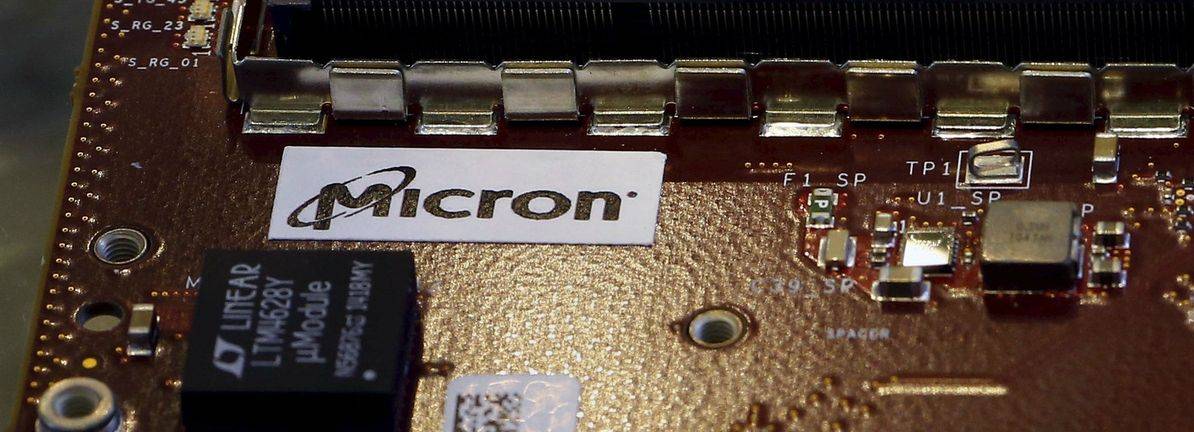Micron’s Stock Volatility Amid Strong AI Memory Growth
Micron Technology, a leading semiconductor company, has seen significant fluctuations in its stock recently. Despite reporting strong earnings and milestones in AI memory chip sales, Micron’s stock experienced a notable drop. This fall occurred amid broader market turmoil and despite the company’s strategic advancements in the AI memory sector.
Robust Demand for HBM Chips
Micron has been enjoying robust demand for its high-bandwidth memory (HBM) chips, which are crucial components for AI-driven data centers. In the second quarter, revenue from these chips exceeded $1 billion, marking a 50% increase from the previous quarter and surpassing company forecasts. This growth is primarily driven by the increasing use of AI in various industries, which requires high-performance computing and efficient memory solutions. Micron’s position as a critical supplier to major tech companies, like NVIDIA, further solidifies its role in this sector.
Technological Advancements in AI Memory
The company’s HBM3E and SOCAMM memory solutions are at the forefront of AI innovation, offering enhanced bandwidth and reduced power consumption. These advancements not only strengthen Micron’s position in the high-margin AI memory market but also underscore its competitive edge in addressing AI compute bottlenecks. Despite these technical strengths and solid earnings, Micron’s stock has faced volatility due to wider market instability.
Stock Performance and Market Context
Micron’s stock performance this year has been resilient compared to broader market indices. Year to date, Micron’s stock has climbed about 22%, while the Philadelphia Semiconductor Index has declined 7.6%. Analysts have expressed optimism about Micron’s growth prospects, particularly in light of its AI-focused strategy and strong market position. Despite recent fluctuations, Micron is well-positioned to capitalize on the AI boom, with an anticipated 40% sales growth forecasted for this fiscal year.
Leadership in AI Memory Solutions
The AI memory market is expected to continue growing, driven by increasing demand from data centers and the broad adoption of AI across industries. Micron’s advancements in high-capacity memory solutions, such as the 128GB DDR5 32Gb server DRAM, demonstrate its leadership in meeting the rigorous speed and capacity demands of AI applications. As AI integration accelerates, Micron’s strategic importance in this sector will likely enhance its financial performance and market standing.
CEO Commentary and Market Outlook
In a commentary on the company’s progress, Micron’s CEO, Sanjay Mehrotra, highlighted the company’s strong competitive position and its growing market share in high-margin product categories. This optimism is reflected in Micron’s future projections, with analysts predicting a 27% increase in stock price over the next year, targeting a price of $125. Despite market volatility, Micron remains a significant player in the burgeoning AI memory sector, poised to capitalize on the booming demand for high-bandwidth memory solutions.
Challenges and Competitive Landscape
However, the semiconductor industry is inherently cyclical, and Micron faces challenges such as market fluctuations and competition from other manufacturers. Furthermore, its reliance on major clients like NVIDIA can introduce risks, as any shifts in these partnerships could impact Micron’s sales. Amidst these challenges, Micron’s success in AI memory could redefine its standing in the global semiconductor arena, provided it navigates these risks effectively.
Conclusion
Overall, while Micron’s stock has experienced recent volatility, the company’s strategic position in the AI memory market and its innovative products place it on a promising trajectory. Micron’s ability to adapt to the evolving demands of AI-driven computing will be crucial in sustaining its growth and competitiveness over the coming years.










